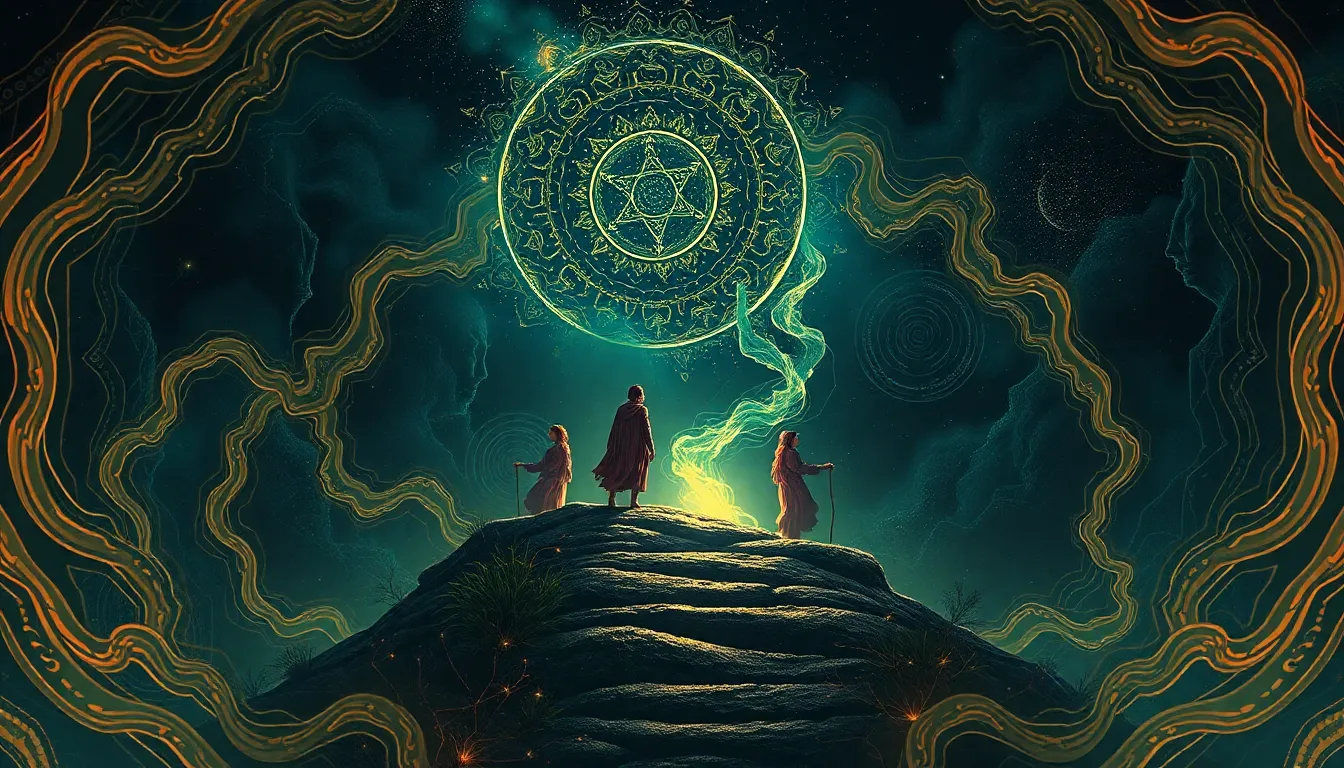I. Introduction
South America is a continent with a rich and diverse mythological tradition. Its stories are full of colorful imagery, and the colors used in these stories often have symbolic meanings. By understanding the symbolism of colors in South American mythology, we can gain a deeper understanding of the stories themselves and the cultures that created them.
II. The Importance of Colors in South American Mythology
Colors play a vital role in South American mythology. They are used to represent different aspects of the natural world, such as the sun, the moon, and the earth. They are also used to symbolize different emotions, such as love, hate, and anger. In some stories, colors are even used to represent different gods and goddesses.
III. The Symbolism of Red
Red is one of the most common colors used in South American mythology. It is often associated with the sun, blood, and fire. In some stories, red is also used to symbolize danger or war. For example, in the Inca myth of Viracocha, the creator god is said to have created the sun out of a red stone.
IV. The Symbolism of Black
Black is another important color in South American mythology. It is often associated with the night, death, and the underworld. In some stories, black is also used to symbolize mystery or evil. For example, in the Mapuche myth of the Wekufe, the evil spirit is said to be black in color.
V. The Symbolism of White
White is often associated with purity, innocence, and peace. In some stories, white is also used to symbolize the sky or the clouds. For example, in the Guarani myth of Tupã, the creator god is said to have created the sky out of white feathers.
VI. The Symbolism of Green
Green is often associated with nature, growth, and fertility. In some stories, green is also used to symbolize hope or new beginnings. For example, in the Aztec myth of Quetzalcoatl, the feathered serpent god is said to have been born from a green egg.
VII. The Symbolism of Yellow
Yellow is often associated with the sun, gold, and wealth. In some stories, yellow is also used to symbolize happiness or joy. For example, in the Inca myth of Inti, the sun god is said to have been born from a golden egg.
VIII. The Symbolism of Blue
Blue is often associated with the sky, water, and peace. In some stories, blue is also used to symbolize truth or loyalty. For example, in the Maya myth of Hunab Ku, the creator god is said to have been blue in color.
IX. The Symbolism of Purple
Purple is often associated with royalty, power, and wisdom. In some stories, purple is also used to symbolize magic or mystery. For example, in the Inca myth of Pachacuti, the emperor is said to have worn a purple cloak.
X. Conclusion
The symbolism of colors in South American mythology is a complex and fascinating subject. By understanding the meaning of these colors, we can gain a deeper understanding of the stories themselves and the cultures that created them.
FAQ
What is the most common color used in South American mythology?
Red is the most common color used in South American mythology. It is often associated with the sun, blood, and fire.
What color is often associated with the night, death, and the underworld in South American mythology?
Black is often associated with the night, death, and the underworld in South American mythology.
What color is often associated with purity, innocence, and peace in South American mythology?
White is often associated with purity, innocence, and peace in South American mythology.
What color is often associated with nature, growth, and fertility in South American mythology?
Green is often associated with nature, growth, and fertility in South American mythology.




